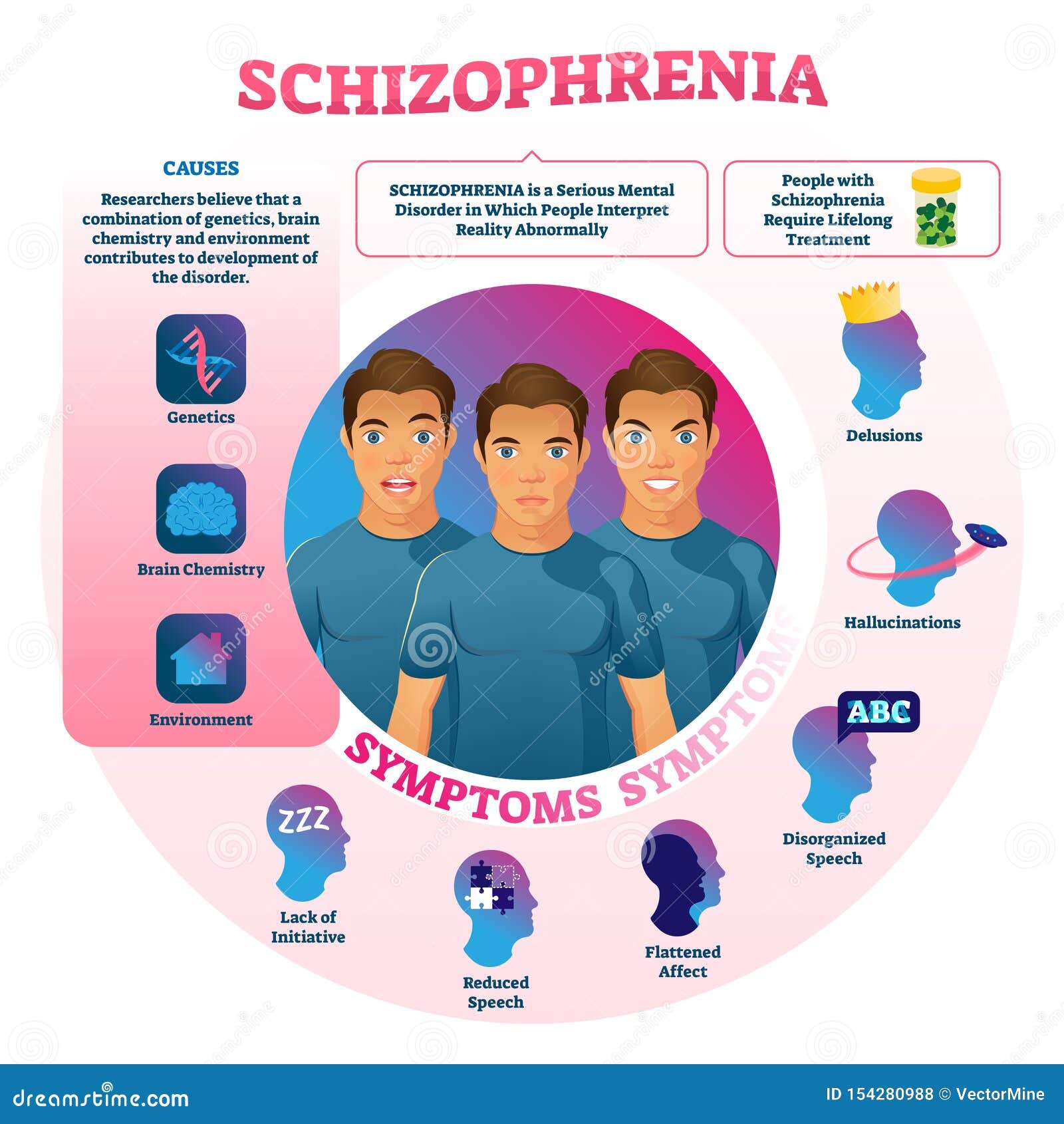Elements Used to Describe Behavior as Abnormal or Disorder
There are four basic standards that are generally agreed upon as criteria for abnormal behavior for the field of psychology. For example abnormal behavior patterns chiefly characterized by anxiety such as panic disorder or generalized anxiety disorder see Table 31 are classified as anxiety.

La Belle Indifference Psychological Symptoms Conversion Disorder Psychology
One aspect of psychology is identifying abnormal behavior.

. Abnormal behavior covers a wide range of behavioral disturbances. In conclusion though there is no one behavior that we can use to classify people as abnormal most clinical practitioners agree that any behavior that strays from what is considered the norm or is unexpected within the confines of ones culture that causes dysfunction in cognition emotion andor behavior and that causes distress andor impairment in functioning is. The difficulties in defining abnormal behavior is that there is no consensus on the actual definition of abnormal behavior.
There are four main models used to understand and describe abnormal behavior in psychology. Generalized anxiety is often accompanied by physical symptoms. The bio-psycho-social model of illness is a way of understanding disorder that assumes that disorder is caused by biological psychological and social factors Figure above The Bio-Psycho-Social Model.
Definitions of normality vary widely by person time place culture and situation. A psychological disorder is a condition characterized by abnormal thoughts feelings and behaviors. Disorders of adult personality and behavior.
Identify the two most used classification systems. Historically there have been three main approaches to abnormal behavior. Mental and behavioral disorders due to psychoactive substance use.
When people suffer from mental disorders they are unable to work or live independently. A psychological disorder is an ongoing dysfunctional pattern of thought emotion and behaviour that causes significant distress and that is considered deviant in that persons culture or society Butcher Mineka Hooley 2007. The biological component of the.
Behavioral syndromes associated with physiological disturbances and physical factors. Engages in the abnormal behavior. There are four general criteria that psychologists use to identify abnormal behavior.
Outline the major disorder categories of the DSM-5. Clarify why the DSM-5 and ICD-11 need to be harmonized. Neurotic stress-related and somatoform disorders.
They are statistical infrequence disability or dysfunction personal distress and violation of norms. Behavior thoughts and emotions that break norms of psychological functioning are called abnormal. Though there are.
The supernatural biological and psychological traditions. Describe the factors and theoretical perspectives related to the development and maintenance of different types of abnormal behavior. An 80 on the respective paragraphs indicates meeting the course learning objectives SLOs s 3.
A peoples common history values institutions habits skills technology and arts. Abnormal behavior can be defined by a persons feelingof abnormality including feelings of anxiety strangeness depression losing touch with reality or other experiences recognized as out of the ordinary and distressing. Behavioral disorders can be impulsive and disruptive to everyone around them.
Psychologists draw the line between normal and abnormal behavior by looking at deviance adjustment and psycho- logical health. December 7 2021 by Essays Note. Most people who suffer from abnormal behavior are quickly identified as deviant by other people.
When peoples psychological processes break down they can no longer function on a daily basis. Behavior that breaks legal norms is considered to be criminal. Identify and explain the elements of a diagnosis.
However defining what is normal and abnormal is a subject of much debate. Many people have asked what makes behavior abnormal. Schizophrenia schizotypal and delusional disorders.
There used to be only a few different conditions within this category. Outline the history of the DSM. It is stated as the reason that we have mental illness is because there is something wrong with neurotransmitters but.
Although there are some clear elements that help to define abnormal behavior such as suffering maladaptiveness dangerousness deviancy irrationality and unpredictability social discomfort violations of the standards of society these are all aspects. The biological behavioral cognitive and psychodynamic models. Violation of social norms statistical rarity personal distress and maladaptive behavior.
The belief that imbalances in neurotransmitters in the brain can result in abnormal behavior is one of the basic tenets of the biological perspective today. Despite sounding like a very generic term since all mental disorders will affect a persons behavior to some degree behavioral disorders refer to a specific group of distinct mental conditions. Whether a given behavior is considered a psychological disorder is determined not only by whether a behavior is unusual eg whether it is mild anxiety versus extreme anxiety but also by whether a behavior is maladaptivethat is the extent to which it causes distress eg pain and suffering and dysfunction impairment in one or more important areas of functioning to the.
Psychological disorders have much in common with other medical disorders. Abnormal behavior patterns are categorized according to the features they share.

Schizophrenia Vector Illustration Labeled Mental Abnormal Behavior Disease Stock Vector Illustration Of Confusion Neurology 154280988
13 1 Psychological Disorder What Makes A Behaviour Abnormal Introduction To Psychology 1st Canadian Edition

Tos For Abnormal Psychology Abnormal Psychology Psychology Psychology Facts
No comments for "Elements Used to Describe Behavior as Abnormal or Disorder"
Post a Comment